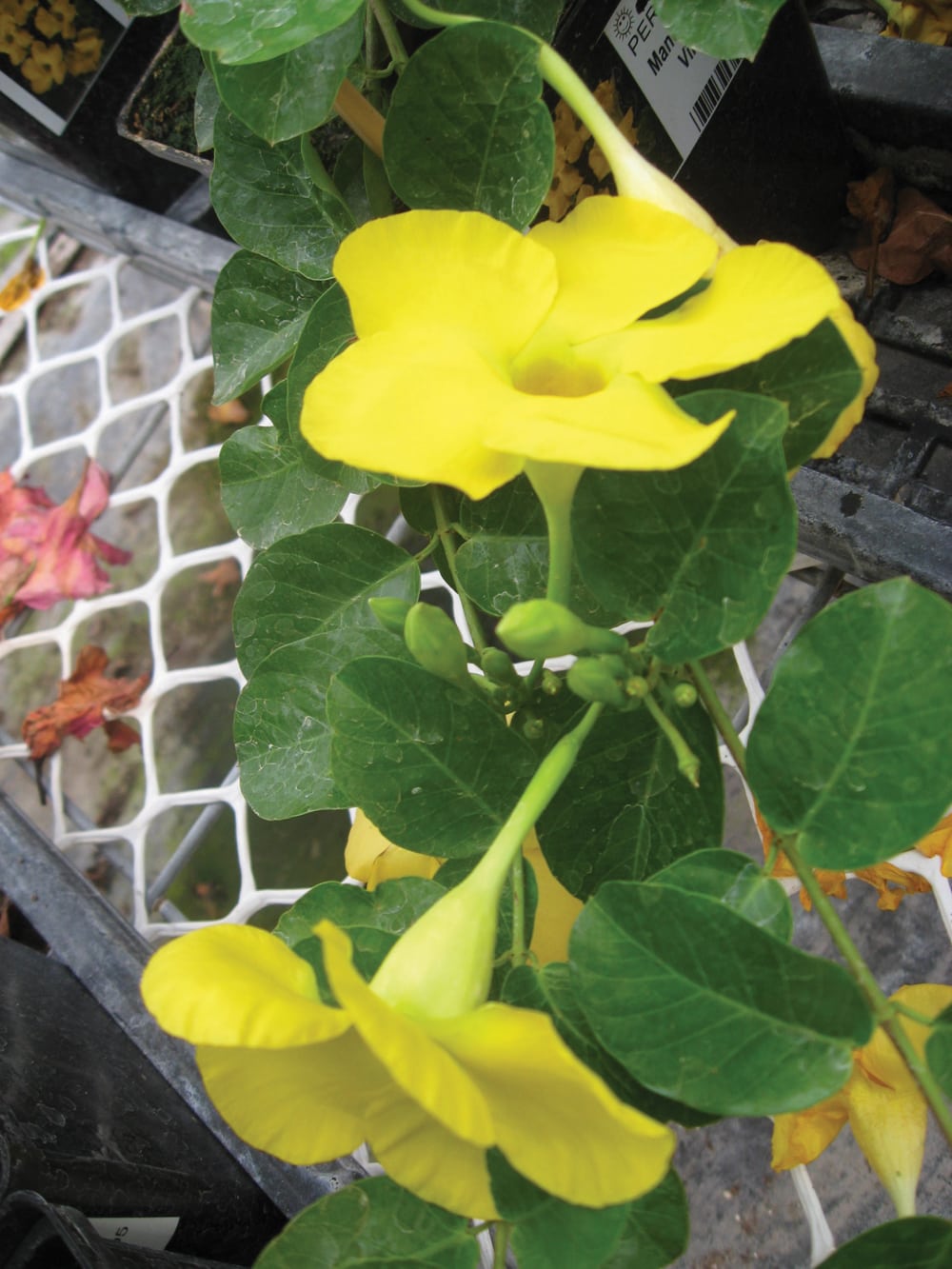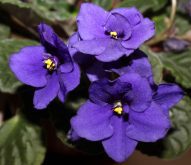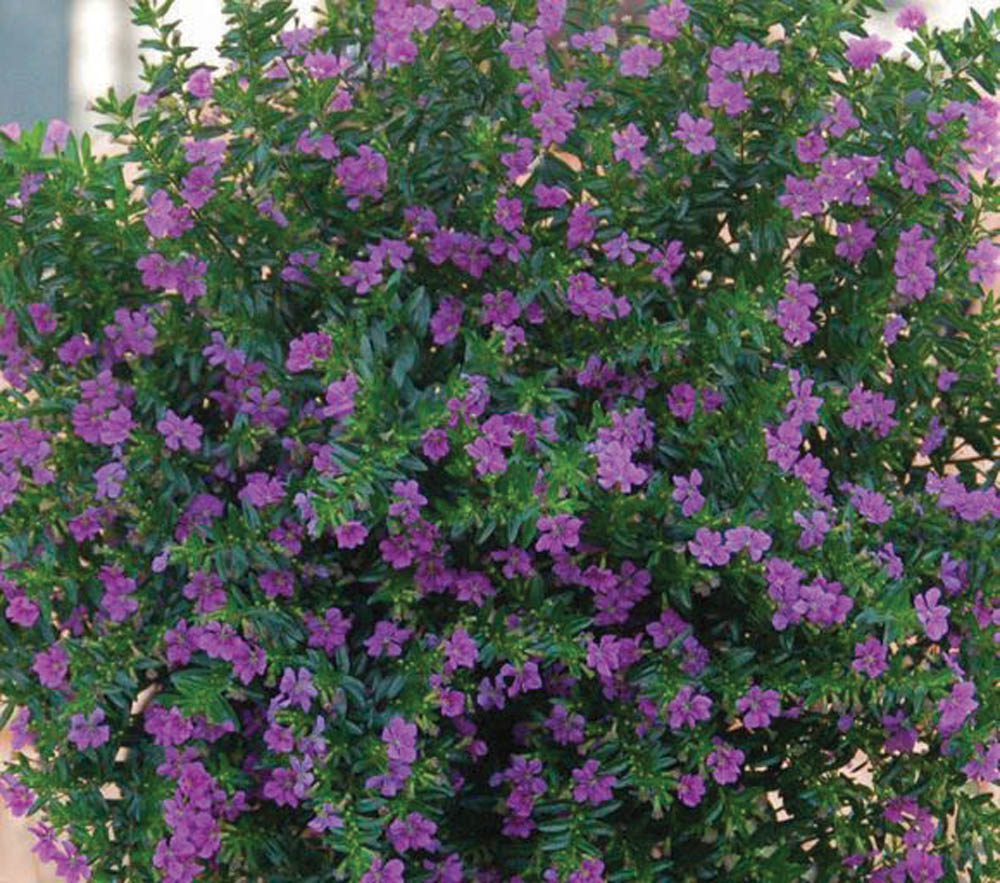Mandevilla vines have been popular patio plants for years, either growing up a wall or planted in a container large enough to accommodate a tall trellis. Sometimes they are used in hanging baskets but their inclination to climb rather than to trail makes them less suitable for this. Tropical plants originating in South American areas, the mandevilla is treated as an annual when grown on the Canadian Prairies, since it likes warmth and is not at all frost tolerant. Overwintering a mandevilla can be challenging, as not every gardener has the appropriate indoor environment and also, they attract insect pests when moved indoors.
Read Also

Growing garlic by the thousands in Manitoba
Rebekah Sandford planted 28,000 garlic plants by hand last year on her operation near St. Malo, Manitoba. She’s one of the few local garlic growers in the province and on the Prairies.
If you were successful in overwintering your mandevilla or you purchased one this spring, they will both be treated the same outdoors. It can be planted in the ground or in a container — although overpotting will reduce the amount of bloom produced. The soil should contain lots of organic matter, have good drainage, and be kept evenly moist. Using a soluble fertilizer high in phosphorus will encourage abundant bloom. Most people grow their mandevillas in full sun but protection from strong midday sun is preferred to prevent leaf burn. However, too much shade should be avoided as it will reduce the amount of bloom the plant produces.
These plants are attractive both for foliage and flowers; the shiny leaves are oval and dark green, and the blooms are funnel shaped, from five to 10 cm in diameter. The usual colours are white, pink and red but a pure-yellow variety is now on the market.
The flower is composed of five overlapping petals of rich colour and the throat tends to be deep and often coloured an attractive shade of yellow. There is also a red variety that does not have this yellow throat, the entire flower being bright red. The flowers are held away from the foliage on long stiff stems that are up to six cm in length making the plant look like it is frosted by bloom.

Climbing plants can add a vertical element to the landscape and create colour and interest at a different level. Mandevilla will also attract hummingbirds as their trumpet-shaped flowers are exactly the kind that hummers like. The fast-growing stems may require some encouragement to climb the supports you provide for them as they do not have tendrils.
Because not everyone wants a climbing plant or has a suitable location to display one, gardeners were pleased a couple of years ago when a shrub-like mandevilla was introduced. Seeing these for the first time in the garden centre I was sure they were mandevillas, but their name tags said “Dipladenia.” After some research I found that dipladenia is a very close cousin of the mandevilla (some of the plant tags read Mandevilla dipladenia sanderii or Mandevilla spp). Dipladenia is different from the mandevilla we are accustomed to in that it has a shrub-like growth habit and is not a climbing plant. This makes it more versatile and can be combined with other plants in a mixed container, used as a focal point in a pot all by itself, or used in a mixed border. Other than its leaves being slightly smaller than those of the true mandevilla, they are identical in both appearance and in the care they require.
If you have not included a mandevilla in your planting plans this summer, perhaps you’ll look for the shrub-like dipladenias that garden centres may still have in stock — or you may be lucky enough to still find a bright-yellow mandevilla. You will not be disappointed at how much beauty the new types of mandevilla will add to your landscape.



















